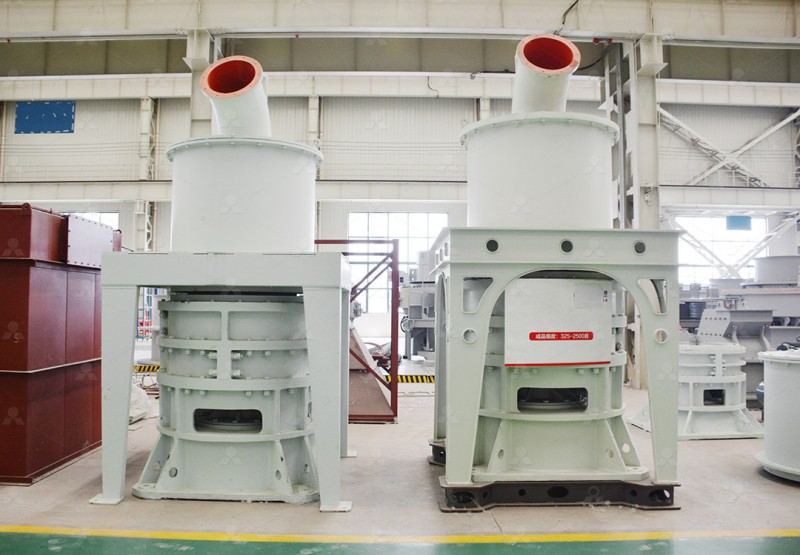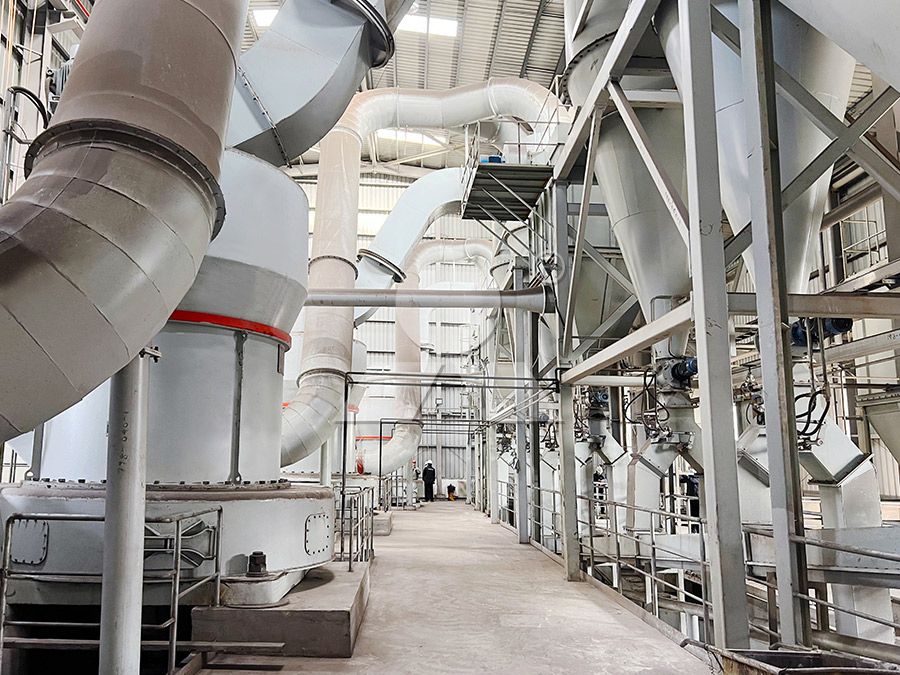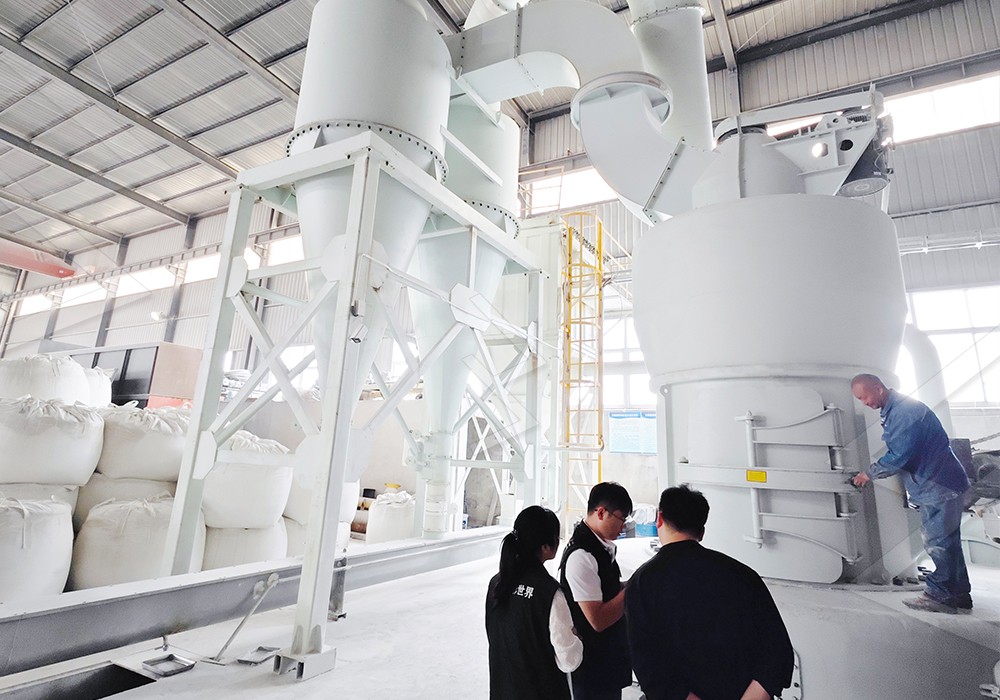Limestone Grinding Mill: Professional Manufacturer for Efficient Powder Production
Unlocking the Potential of Limestone Through Advanced Grinding Technology
In today’s industrial landscape, the production of high-quality limestone powder has become increasingly vital across numerous sectors. From construction materials to chemical manufacturing, the demand for precisely ground limestone continues to grow. As industries seek more efficient and environmentally responsible solutions, the technology behind limestone grinding has evolved significantly.

Modern limestone processing requires equipment that can deliver consistent particle size distribution while maintaining operational efficiency. The challenges of traditional grinding methods – including excessive energy consumption, environmental concerns, and maintenance difficulties – have driven innovation in mill design and functionality.
The Evolution of Grinding Efficiency
Among the standout solutions in today’s market, the MW Ultrafine Grinding Mill represents a significant advancement in powder production technology. Engineered for customers requiring ultra-fine powder, this machine addresses multiple pain points simultaneously. With an input size capability of 0-20 mm and capacity ranging from 0.5 to 25 tons per hour, it offers remarkable versatility for various production requirements.
What truly sets the MW series apart is its integrated environmental protection system. The efficient pulse dust collector and muffler work in concert to minimize both dust emissions and operational noise. This comprehensive approach ensures that production processes meet stringent environmental standards without compromising output quality.
Precision Engineering for Superior Results
The MW Ultrafine Grinding Mill incorporates newly designed grinding curves for the roller and ring assembly, enhancing grinding efficiency substantially. Comparative analysis demonstrates that with identical fineness and power consumption, this mill achieves production capacity 40% higher than jet grinding mills and stirred grinding mills. Even more impressively, its yield doubles that of traditional ball grinding mills while reducing system energy consumption to just 30% of jet grinding mill requirements.

One of the most valuable features for production managers is the adjustable fineness range between 325-2500 meshes. The German-engineered cage-type powder selector enhances separation precision, while the multi-head configuration allows customization based on specific yield, fineness, and sieving rate requirements. This flexibility enables operators to achieve screening rates of d97≤5μm in a single pass.
Operational Reliability and Maintenance Advantages
The design philosophy behind modern grinding mills emphasizes not only performance but also reliability and ease of maintenance. The MW series eliminates rolling bearings and screws within the grinding chamber, removing common failure points that plague conventional equipment. This innovative approach prevents damage to bearing components and eliminates machine failures caused by loose fasteners.
External lubrication systems represent another significant improvement, allowing lubrication without production shutdowns. This feature enables continuous 24-hour operation, dramatically increasing overall equipment effectiveness and reducing downtime costs.
Applications Across Industries
Beyond limestone processing, these advanced grinding mills handle diverse materials including calcite, dolomite, petroleum coal, gypsum, barite, marble, talc, and various coal powders. Their applications extend across chemical industries, paint production, cosmetics, pharmaceuticals, and food additives – demonstrating remarkable versatility in powder production.

For operations requiring vertical grinding solutions, the LUM Ultrafine Vertical Grinding Mill offers complementary capabilities. With input size of 0-10 mm and capacity between 5-18 tph, this mill integrates Taiwanese grinding roller technology with German powder separating technology. Its unique roller shell and lining plate grinding curve design facilitates material layer generation and enables high finished product rates through single-pass powder milling.
Frequently Asked Questions
What particle size range can the MW Ultrafine Grinding Mill achieve?
The MW series offers adjustable fineness between 325-2500 meshes, with screening rates achieving d97≤5μm in a single pass through its advanced cage-type powder selector system.
How does the energy consumption compare to traditional grinding mills?
The MW Ultrafine Grinding Mill reduces system energy consumption to approximately 30% of jet grinding mills while delivering 40% higher capacity than jet or stirred grinding mills and double the yield of ball grinding mills.
What maintenance advantages does this equipment offer?
With no rolling bearings or screws in the grinding chamber and external lubrication capability, the MW series minimizes maintenance requirements and enables 24-hour continuous operation without shutdowns for lubrication.
Can these mills handle materials beyond limestone?
Yes, both the MW and LUM series process various materials including calcite, dolomite, gypsum, barite, marble, talc, coal powders, and numerous other minerals for applications across chemical, pharmaceutical, food, and construction industries.
What environmental features are incorporated?
The mills include efficient pulse dust collectors for minimal dust pollution, along with silencers and noise elimination rooms to reduce operational noise, ensuring compliance with national environmental protection standards.
